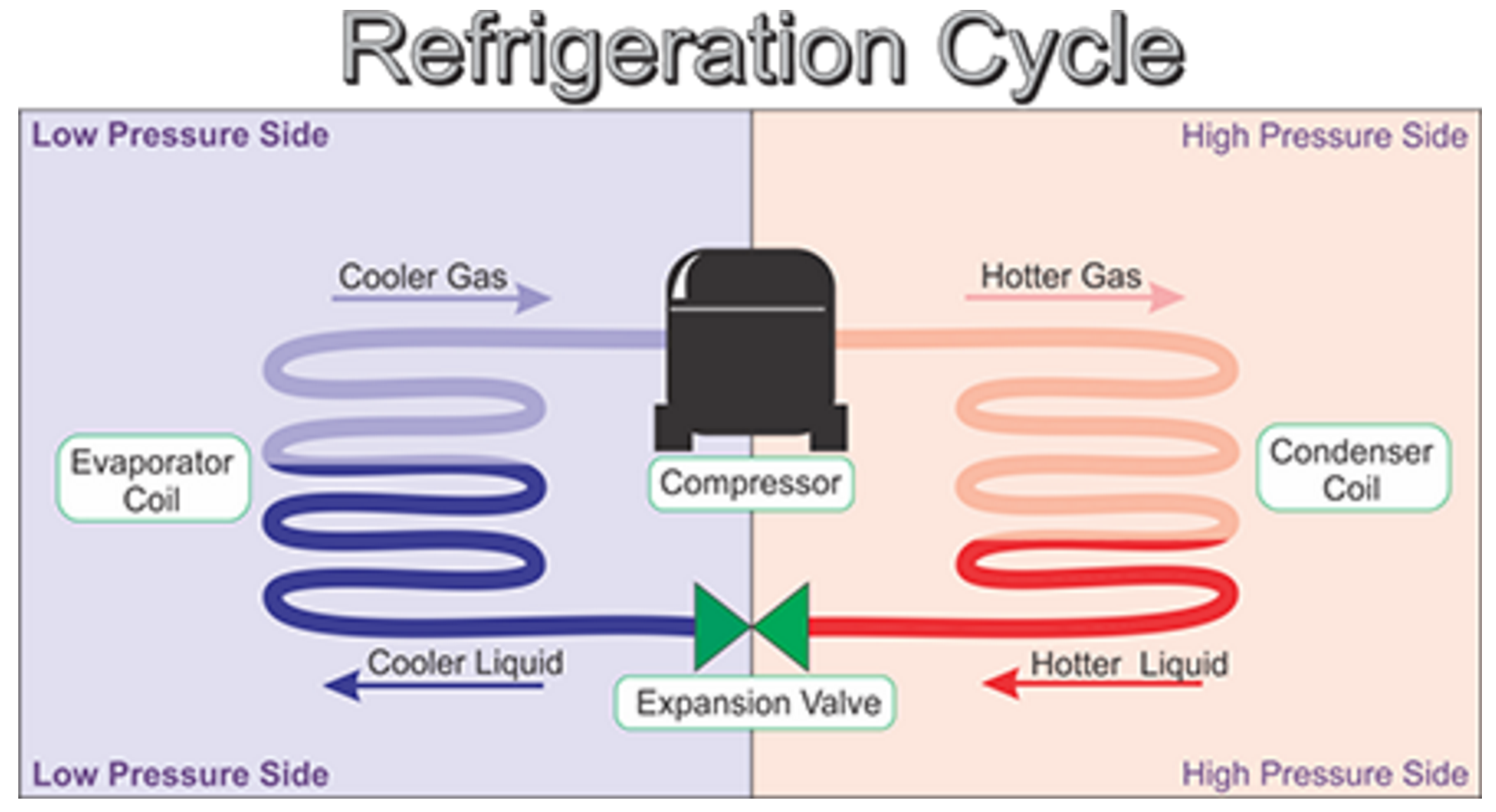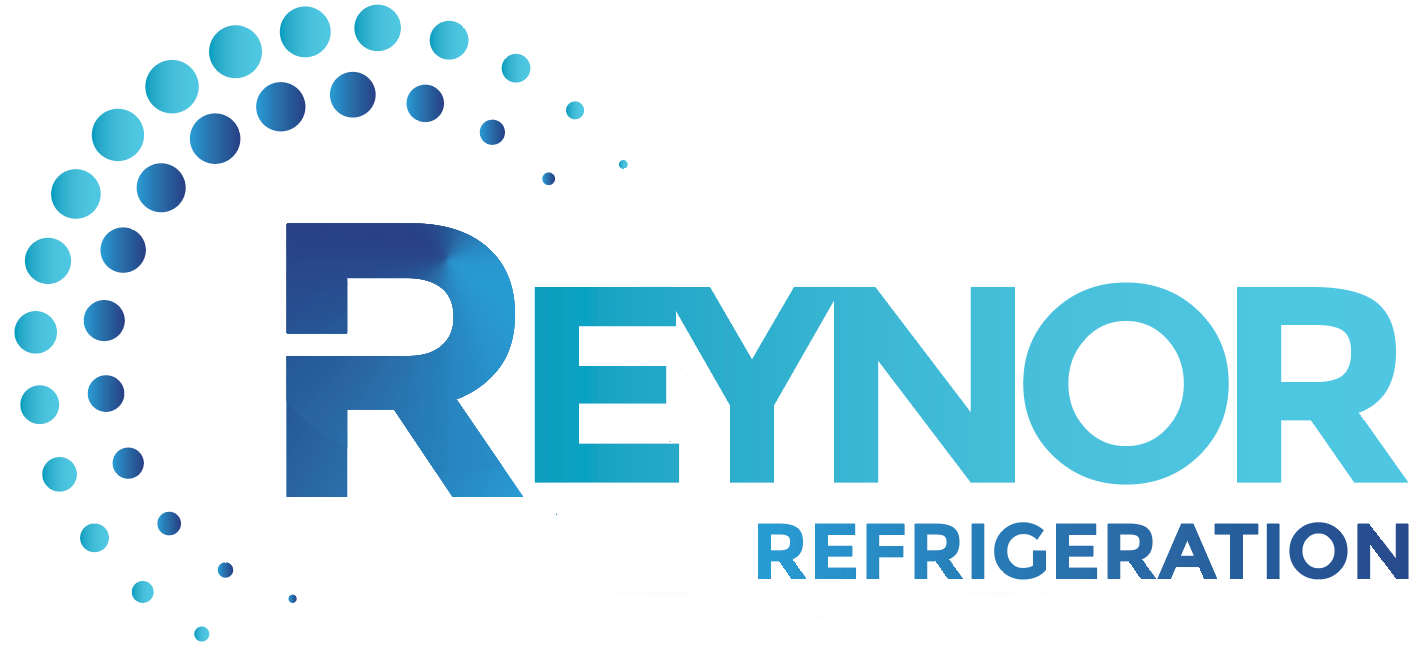In this article, we’ll break down the concept of commercial refrigeration into Layman’s terms, helping you grasp its importance and how it works. Commercial refrigeration – it may sound like a complex term reserved for industry insiders, but in simple terms, it’s all about keeping things cold. From your favourite ice cream at the corner store to the meat and veggies at your local grocery, commercial refrigeration plays a vital role in our daily lives.
The Basics of Commercial Refrigeration
At its core, commercial refrigeration is the technology and practice of cooling and preserving perishable items in a commercial setting. These settings can range from small convenience stores to massive supermarkets, restaurants, and industrial food processing facilities. The primary goal is to keep food, beverages, and other products at a consistently low temperature to prevent spoilage and maintain freshness.
How Does It Work?
The principles of refrigeration is heat exchange, compression, and expansion. Here’s a simple breakdown:
- Heat Absorption: The system contains a refrigerant, a substance that easily changes from a liquid to a gas at low temperatures. This refrigerant is responsible for absorbing heat from the contents of the refrigeration unit.
- Compression: The refrigerant gas is then compressed, which raises its temperature and pressure. This hot, high-pressure gas is circulated outside the refrigerated space, where it releases the absorbed heat into the surrounding environment.
- Expansion: The refrigerant, now in a high-pressure liquid state, is expanded, causing it to cool down rapidly. This cold liquid circulates inside the refrigerated space, absorbing heat from its contents and maintaining a low temperature.
In simple terms, commercial refrigeration keeps things cold by absorbing the heat inside the unit, releasing it outside, and repeating the process to maintain a consistently low temperature.
Types of Commercial Refrigeration
Commercial refrigeration comes in various forms, each designed for specific purposes:
- Refrigerators: These are the common, upright cooling units you see in grocery stores and restaurants. They are used for storing food and beverages at a temperature slightly above freezing.
- Freezers: Similar to refrigerators but operate at even lower temperatures, typically well below freezing. These are essential for storing frozen goods.
- Walk-In Coolers and Freezers: These are large, walk-in compartments often found in restaurants and supermarkets. They offer ample space for storing large quantities of perishable items.
- Display Cases: These glass-fronted units are common in delis and convenience stores, showcasing chilled products like sandwiches and drinks.
- Blast Chillers: Used in the food industry, these rapidly cool hot foods to safe storage temperatures, preserving their quality.
The Importance of Commercial Refrigeration
Commercial refrigeration in layman’s terms ensures that the food we consume remains safe and fresh. It minimizes food waste, prevents bacterial growth, and maintains the nutritional value of the products. Without it, our favourite snacks, fresh produce, and dairy items would have a drastically shorter shelf life.
In a nutshell, commercial refrigeration is the unsung hero of the food industry, silently working to keep our meals safe and delicious. So, the next time you grab a cold drink or a fresh sandwich, you’ll have a better understanding of the technology that makes it possible.

